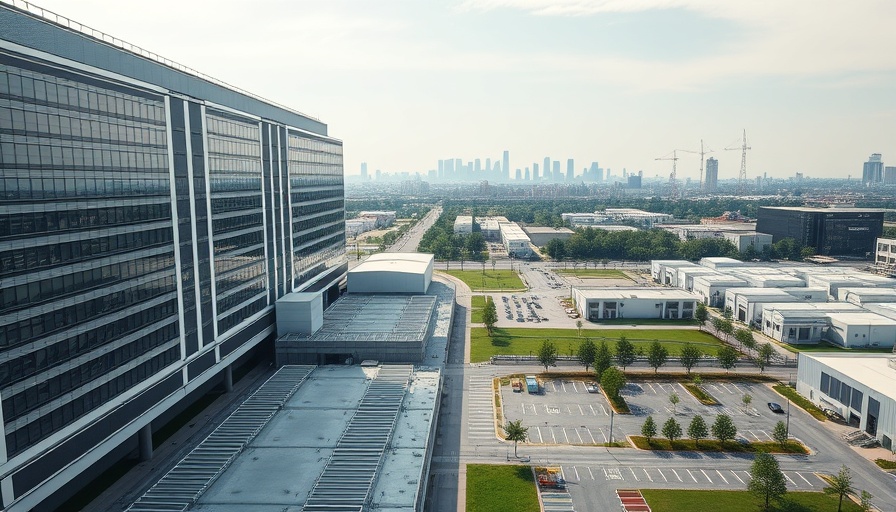
The Surge in Data Center Power Demand
A recent report by McKinsey reveals that data centers are becoming primary drivers of increasing power demand, particularly in the United States. With an average global growth rate of 17% in data center-related power consumption expected to continue through 2030, this is a trend that’s shaping the energy landscape. Moreover, in the U.S., this figure could escalate to an astonishing 25%, where data centers could account for over 14% of the nation’s total power demand by 2030.
The Cost of Powering the Future
The push for artificial intelligence and cloud-based computing is undeniably accelerating the need for more data centers. As companies like Meta and Oracle enhance their technological infrastructures, utilities across the country, particularly in power-rich regions like Virginia, are scrambling to increase capacity. This results in extensive state and federal negotiations concerning how these significant infrastructure projects will be funded, often putting the financial burden on local consumers.
Renewable Energy and Its Challenges
Compounding the issue is the reliance on fossil fuels. Although there is a pressing need to transition toward renewable energy sources, particularly as the potential for solar and wind energy takes shape, many experts argue that natural gas and nuclear power will remain vital components of the energy mix for the foreseeable future. A significant takeaway from the McKinsey report is that, regardless of advancements in clean energy, fossil fuels could dominate until carbon capture technologies become viable.
Looking Ahead: Innovations and Responsibilities
Despite the challenges, emerging technologies in AI have the potential to revolutionize how we manage energy demand. From predictive analytics to smart grid technologies, AI can help optimize energy use and reduce waste. Industry leaders must maintain a balanced perspective, leveraging opportunities presented by AI while being mindful of the environmental consequences of an expanding energy footprint.
Taking the Next Steps
For startup founders and investors looking to navigate this shifting landscape, understanding the interplay between data centers and energy demand is crucial. Engaging with sustainable technologies and exploring investment in green energy solutions will be key to fostering innovative business practices that align with the future demands of consumers.
 Add Row
Add Row  Add
Add 




Write A Comment